Fulfillment’s Value to the Corporation
When it comes to fulfillment logistics, there are two types of companies. Which are you?
There are two types of companies: those that realize just how value fulfillment is, and those that haven’t optimized their warehouses and their distribution centers. While fulfilling orders — to customers or to individual stores or locations — might not seem like an exciting part of your business, optimizing your systems gives you the opportunity to better utilize your capital, dazzle your customers with fast delivery times, keep your stores more attractively stocked, and lower your costs to a point that your competitors won’t be able to touch.
The process starts with optimizing the automation in your distribution center. Some companies fail to automate appropriately, throwing expensive labor at the problem. Others over-automate, carrying equipment in the present that they may not need for five years, while setting up a warehouse that is super-efficient as long as nothing ever changes. As with many things in life, the best solution in your fulfillment center is to choose to toe the middle line. Install automation that directly impacts your bottom line. Some strategies include:
- Automating areas that are lagging and need additional capacity, while leaving areas that do not need additional efficiency alone. If you can automate what you currently have rather than replacing major parts of your infrastructure, you’ll also reduce cost and increase ROI.
- Looking at automation on a per-task rather than on a whole-warehouse basis. If you can automate highly repetitive tasks that don’t add value, you’ll get a lot more return on that investment than trying to automate the entire operation.
- Installing automation systems that will work after significant changes in your fulfillment center, the SKUs you stock, and the practices you apply. Business moves quickly, so it’s reasonable to assume that you’ll see twice as much change in the next five years as you did in the previous five.
Fulfillment automation also starts with creating a more streamlined process. The less time your labor or your automated systems spend working with your inventory, the more efficient your system will be. For instance, if you can get vendors to ship product to you in a manner that renders it ready to directly ship to customers, you’ll save much of your handling labor. Storing those products on portable racks lets you quickly move them over to the fulfillment area of your warehouse, eliminating more labor. For your retail locations, if you can per-configure store shipments so that employees at your retail locations can open the box and, in order, stock shelves, you’ll be able to reduce store operating costs.
As you look at automation projects for your fulfillment center, judge them on the basis of how they reduce your labor and how they will scale as your needs grow. Doing this lets you set up systems that lower your costs and increase your efficiency. The global business world is filled with examples of the benefit that a better logistics system can bring. Your company’s distribution center can tap into this and serve as a useful business tool rather than being an expensive necessity. Have any questions about fulfillment? Just drop us a line below! We’d love to hear from you.
[gravityform id=”3″ name=”Contact Form Short”]





Leave a Reply
Want to join the discussion?Feel free to contribute!